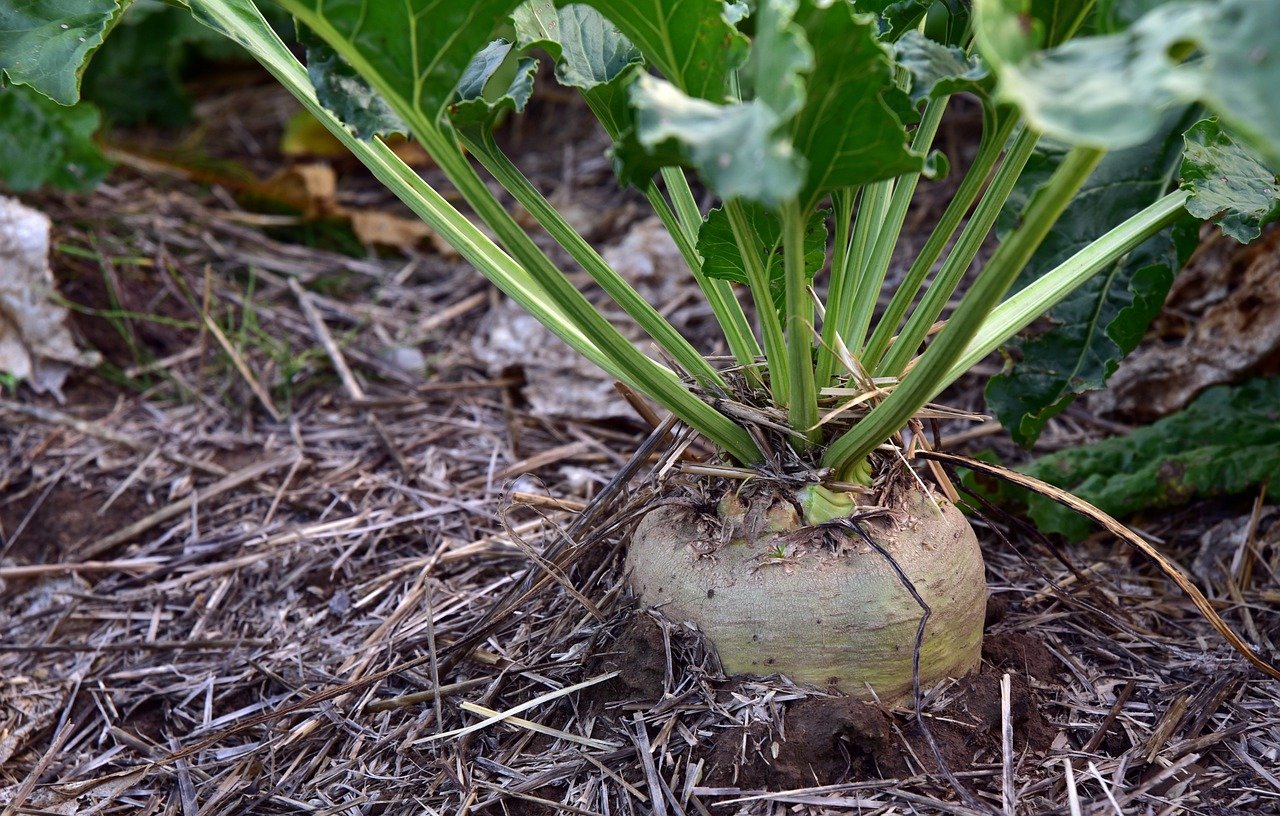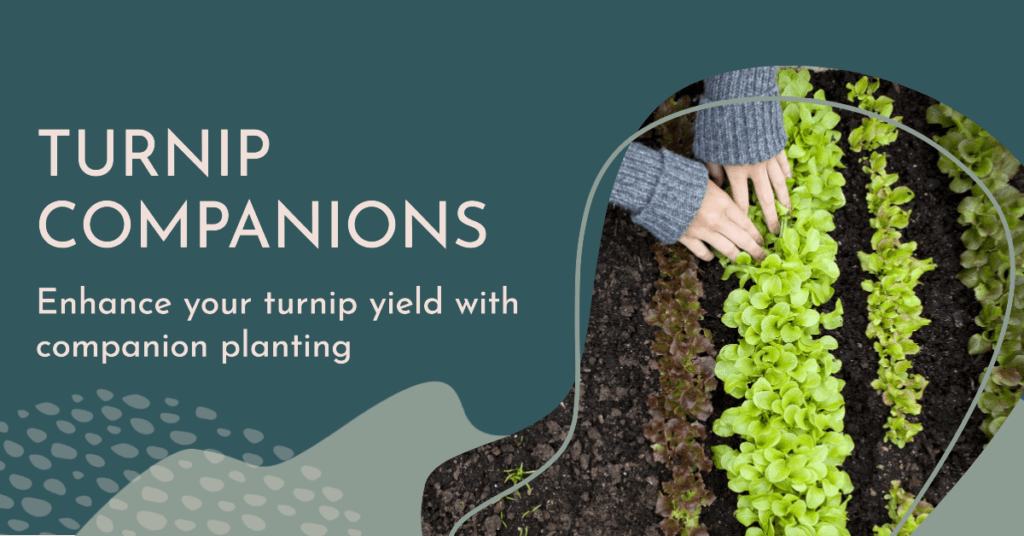Benefits of Companion Planting for Turnips
Companion planting is a sustainable and organic gardening technique that can provide a range of benefits for turnips. When turnips are planted with compatible companion plants, they can benefit from improved growth and health, pest and disease control, and soil improvement. Let’s take a closer look at each of these benefits.Improved Growth and Health
When turnips are planted with compatible companion plants, they can benefit from increased nutrient uptake and improved soil structure. For example, planting turnips with legumes like peas and beans can help fix nitrogen in the soil, which turnips need for healthy growth. Additionally, planting turnips with radishes can help break up compacted soil, allowing turnip roots to grow more easily. This can lead to healthier and more robust turnip plants.Pest and Disease Control
Companion planting can also help control pests and diseases that can damage turnips. For example, planting turnips with herbs like thyme and sage can help repel pests like aphids and flea beetles. Additionally, planting turnips with marigolds can help deter nematodes, which can damage turnip roots. This can help reduce the need for harmful pesticides and promote a healthier garden ecosystem.
Soil Improvement
Companion planting can also improve soil health by increasing biodiversity and reducing soil erosion. When turnips are planted with a variety of companion plants, they can help create a more balanced ecosystem in the soil. Additionally, planting cover crops like clover and vetch can help prevent soil erosion and improve soil structure. This can lead to healthier soil that is better able to support plant growth and resist disease. In summary, companion planting for turnips can provide a range of benefits that can help promote healthy and sustainable gardening practices. By improving growth and health, controlling pests and diseases, and improving soil health, companion planting can help turnips thrive and produce a bountiful harvest.Companion Plants for Turnips
Companion planting is a great way to improve the growth and health of turnips. Here are some specific companion plants that work well with turnips:Peas and Beans
Peas and beans are legumes that can help fix nitrogen in the soil, which turnips need for healthy growth. Additionally, peas and beans can help shade turnips from the hot sun, which can help prevent them from bolting. To plant peas and beans with turnips, sow the seeds at the same time and space them about 6 inches apart.Radishes
Radishes can help break up compacted soil, allowing turnip roots to grow more easily. Additionally, radishes can help deter pests like flea beetles and root maggots. To plant radishes with turnips, sow the seeds at the same time and space them about 4 inches apart.Marigolds
Marigolds can help deter nematodes, which can damage turnip roots. Additionally, marigolds can help attract beneficial insects like ladybugs and lacewings, which can help control pests like aphids. To plant marigolds with turnips, sow the seeds at the same time and space them about 8 inches apart.Other Companion Plants
Other companion plants that work well with turnips include:- Carrots: can help improve soil structure and attract beneficial insects. To plant carrots with turnips, sow the seeds at the same time and space them about 4 inches apart.
- Cabbage: can help deter pests like cabbage worms and attract beneficial insects. To plant cabbage with turnips, sow the seeds at the same time and space them about 12 inches apart.
- Mustard: can help improve soil health and deter pests like aphids and flea beetles. To plant mustard with turnips, sow the seeds at the same time and space them about 6 inches apart.
How to Implement Companion Planting for Turnips
To implement companion planting for turnips, follow these simple steps:Step 1: Soil Preparation
Before planting turnips and their companion plants, it’s important to prepare the soil. This may involve adding compost or other organic matter to improve soil structure and fertility. Turnips grow best in well-draining soil with a pH between 6.0 and 7.5. Adding compost or other organic matter can help improve soil health and provide the necessary nutrients for turnips and their companion plants to thrive.Step 2: Planting Techniques
When planting turnips and their companion plants, it’s important to consider spacing and timing. Turnips should be planted in rows with enough space between plants to allow for proper growth. Additionally, companion plants should be planted at the same time as turnips to ensure they grow together. Some companion plants, such as radishes, can be planted in between turnip rows to maximize space and provide additional benefits.Step 3: Maintenance
Once turnips and their companion plants are planted, it’s important to maintain the garden by watering, weeding, and fertilizing as needed. Turnips require consistent moisture to grow properly, so be sure to water them regularly. Weeding is also important to prevent competition for nutrients and space. Fertilizing can be done with a balanced fertilizer or by adding compost or other organic matter to the soil. Additionally, it’s important to monitor for pests and diseases and take appropriate action if necessary. Some companion plants, such as marigolds, can help repel pests and reduce the risk of disease. By following these simple steps, you can successfully implement companion planting for turnips in your garden and enjoy the benefits of improved growth and health.
Can Thyme Companion Planting Be Used to Boost Turnip Growth and Health?
Can thyme companion planting benefits and tips help enhance turnip growth and health? Thyme, a fragrant herb, can indeed be a valuable companion for turnips. Its strong aroma acts as a natural insect repellent, keeping pests away from your turnips. Furthermore, thyme’s antibacterial properties can help prevent diseases and promote overall plant health when grown alongside turnips. Remember to plant thyme near turnips to maximize these benefits.

